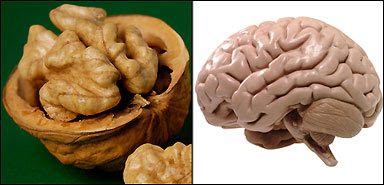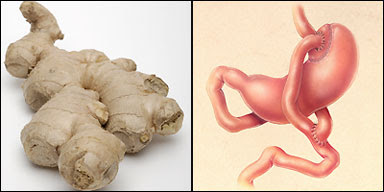
here are two scents that remind me being a sick kid: brandy and Vicks VapoRub. Whenever I had a cold, those were mom mom’s go-to remedies. She would make me a glass of hot water, honey, and brandy and then rub Vicks on my chest. I always felt instantly better (and slightly tipsy).
Vicks is an age-old mentholated topical cream intended to relieve head, throat, and chest stuffiness. It uses menthol to elicit a response from receptors in the nose and chest and can work wonders on children with colds or chronic bronchitis. Vicks has been around for over one hundred years and is one of the most widely used over-the-counter decongestants. Lately, there’s been a lot of buzz about unique and unconventional ways to use this odiferous ointment. You’ll be surprised to learn that Vicks VapoRub is a supposed treatment for so much more than just a congested chest.
1. Decongest Your Chest
The most common use of Vicks is to decongest your chest and throat area. When applied to the upper chest, it provides excellent relief of cough and congestion symptoms.
2. On Your Tootsies
Applying Vicks to your feet provides nighttime cough relief. Generously rub VapoRub all over your feet and cover them with socks. Within moments your cough will subside—in the morning you’ll wake up a new, hacking free woman.
3. Achy Breaky Muscles
Vicks relieves sore, overworked muscles. It increases circulation and provides almost instant aid. Use a generous portion and apply it all over the aching area. (Be sure to warn your bedmate as the stench can ensure a nookie-free night.)
4. Get Rid of Nasty Nail Fungus
Rub VapoRub on your toenails if you suspect you have a fungus. Within days, the nail will turn dark—this means the Vicks is killing the fungus. As your toenail grows out, the dark part will grow off and you will have fungus-free feet. Keep applying the ointment over a period of two weeks to fully cleanse nail beds of any remaining bacteria.
5. Stop Your Cat from Scratching
Cats are notorious for scratching every hard surface they get their claws on. To prevent Miss Kitty from ruining your doors, walls, and windows, apply a small amount of VapoRub to these areas. Cats detest the smell and will steer clear. Vicks can also be applied to your arms and legs if your kitty is prone to scratching you.
6. Pet Pee-Pee Deterrent
If your dog or cat is not yet potty trained, put an open bottle of Vicks on the area he or she likes to mark as their territory. The smell will discourage them from lifting their legs and wetting your rug.
7. Headaches Be Gone
Rub a small amount of Vicks VapoRub on your temples and forehead to help relieve headaches. The mentholated scent will release pressure in your head and instantly relieve pain.
8. Humidify Your Sleep
Vicks VapoRub can be used in special types of humidifiers and vaporizers. Ensure your humidifier has an aromatherapy compartment before using. The humidifier will circulate Vicks throughout the air and keep you breathing easy all night long.
9. Paper Cuts and Splinters
To prevent infection and speed up healing time, dab a small amount of Vicks on any small cut or splinter.
10. Ticks and Bugs
If you get bitten by a tick, apply Vicks immediately. The strong odor might help get the critter to release itself and stop bugging you.
11. Reek-free Racehorses
Professional racers smother VapoRub under the nostrils of racehorses on race day. The strong stench deters the stallions from the alluring odor of the female pony and keeps them focused on the race.
12. Go Away Mosquitoes
Vicks wards off mosquitoes. Apply small dabs of Vicks VapoRub to your skin and clothes and mosquitoes will steer clear. If you do get bitten, apply Vicks to the area and cover it with a Band-Aid to relieve itching.
According to WebMD, there have been a few complications in children when Vicks is used inappropriately. A few children reacted negatively and ended up hospitalized when Vicks was applied directly under the nose. Though this is extremely rare and only happens to those who are sensitive to Vicks, consumers should use caution when applying it to the face or on young children.
Even though its strong stench may cost me a few friendships, I am definitely heading to the nearest drugstore to stock up on this little blue smelly bottle. After all, I never know the next time I’ll have a headache, or am heading to the racetrack.










